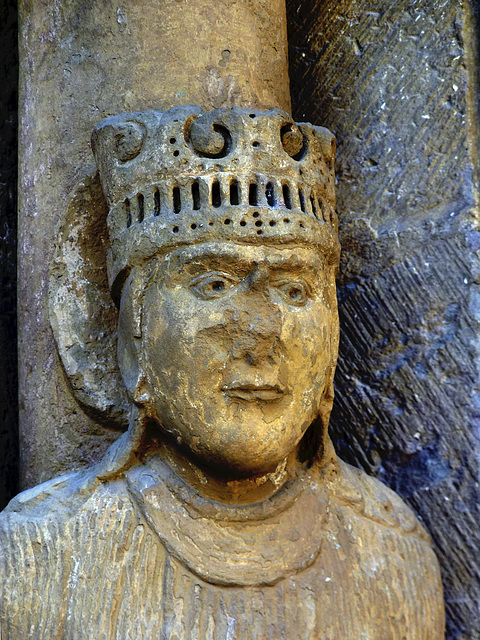Sangüesa - Santa María la Real
Sangüesa - Santa María la Real
Sangüesa - Santa María la Real
Sangüesa - Santa María la Real
Sangüesa - Santa María la Real
Sangüesa - Santa María la Real
Sangüesa - Santa María la Real
Sangüesa - Santa María la Real
Sangüesa - Santa María la Real
Sangüesa - Santa María la Real
Sangüesa - Santa María la Real
Sangüesa - Santa María la Real
Sangüesa - Santa María la Real
Sangüesa - Santa María la Real
Sangüesa - Santa María la Real
Sangüesa - Santa María la Real
Sangüesa - Santa María la Real
Sangüesa - Santa María la Real
Sangüesa - Santa María la Real
Sangüesa - Calle Mayor
Sangüesa - Fiesta
Sangüesa - Santiago el Mayor
Sos del Rey Católico
Sangüesa - Santa María la Real
Sangüesa - Santa María la Real
Sangüesa - Santa María la Real
Sangüesa - Santa María la Real
Sangüesa - Santa María la Real
Sangüesa - Santa María la Real
Sangüesa - Santa María la Real
Artaiz - San Martin
Artaiz - San Martin
Artaiz - San Martin
Artaiz - San Martin
Artaiz - San Martin
Artaiz - San Martin
Artaiz - San Martin
Artaiz - San Martin
Artaiz - San Martin
Artaiz - San Martin
Artaiz - San Martin
Artaiz - San Martin
Artaiz - San Martin
Artaiz - San Martin
Artaiz - San Martin
Location
Lat, Lng:
You can copy the above to your favourite mapping app.
Address: unknown
You can copy the above to your favourite mapping app.
Address: unknown
See also...
Keywords
Authorizations, license
-
Visible by: Everyone -
All rights reserved
-
195 visits
Sangüesa - Santa María la Real


"Santa María la Real" is one of the highlights for all people following the "Camino Aragonés" - since about 800 years. The facade is impressing it may take hours, to find out the many details. I stayed an extra day, when I had reached the town, just to see the shadows movig over the carvings.
A church did exist here already in 1131 next to the bridge crossing the river Aragon. It was transferred by Alfonso I to the "Knights Hospitaller" (aka "Order of Saint John", later "Sovereign Military Hospitaller Order of Saint John of Jerusalem of Rhodes and of Malta"). The apse is the oldest part of the structure and probably dates back to that time.
The nave and the breathtaking Southern Portal of Santa María la Real were created late 12th/13th century. I have uploaded a "total overview" earlier and will now focus on some details.
Six large and slim figures flank the entrance doors. The three on the right side are men: Saint Peter, Saint Paul and Judas, who has a rope around his neck. The sculptures remind on some, that can be found on early gothic cathedrals in France (eg Chartres). The three slim statues on the left are even more elaborated and elegant. Here are the "three Marys" - Mary Magdalene , Virgin Mary and Mary Clopas (mother of St. James).
Here is the wonderful, crowned head of Virgin Mary. It looks like she is just contemplating about something. This is is a better and way more detailled work, than the bald head of Saint Paul on the opposite side.
A church did exist here already in 1131 next to the bridge crossing the river Aragon. It was transferred by Alfonso I to the "Knights Hospitaller" (aka "Order of Saint John", later "Sovereign Military Hospitaller Order of Saint John of Jerusalem of Rhodes and of Malta"). The apse is the oldest part of the structure and probably dates back to that time.
The nave and the breathtaking Southern Portal of Santa María la Real were created late 12th/13th century. I have uploaded a "total overview" earlier and will now focus on some details.
Six large and slim figures flank the entrance doors. The three on the right side are men: Saint Peter, Saint Paul and Judas, who has a rope around his neck. The sculptures remind on some, that can be found on early gothic cathedrals in France (eg Chartres). The three slim statues on the left are even more elaborated and elegant. Here are the "three Marys" - Mary Magdalene , Virgin Mary and Mary Clopas (mother of St. James).
Here is the wonderful, crowned head of Virgin Mary. It looks like she is just contemplating about something. This is is a better and way more detailled work, than the bald head of Saint Paul on the opposite side.
- Keyboard shortcuts:
Jump to top
RSS feed- Latest comments - Subscribe to the comment feeds of this photo
- ipernity © 2007-2025
- Help & Contact
|
Club news
|
About ipernity
|
History |
ipernity Club & Prices |
Guide of good conduct
Donate | Group guidelines | Privacy policy | Terms of use | Statutes | In memoria -
Facebook
Twitter

Sign-in to write a comment.